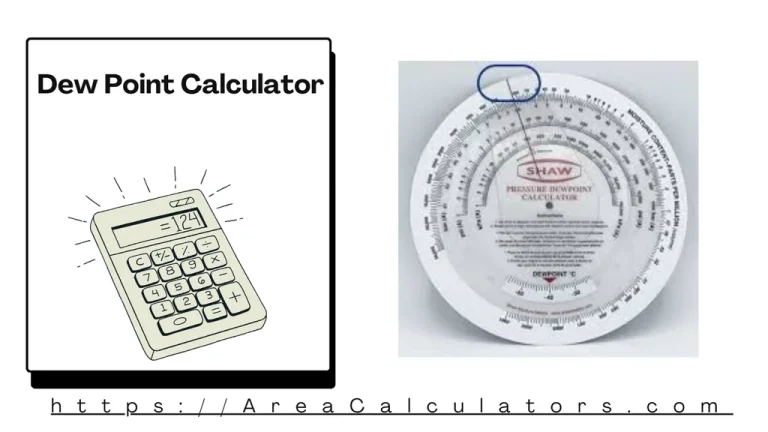Absolute Risk Reduction Calculator [ARR Calculator 2025]
To calculate absolute risk reduction, take the event rate in the control group and subtract the event rate in the group that received treatment.
To calculate absolute risk reduction, take the event rate in the control group and subtract the event rate in the group that received treatment.
ARR = CER – EER
| Variable | Meaning |
|---|---|
| ARR | Absolute Risk Reduction |
| CER | Control Event Rate |
| EER | Experimental Event Rate |
Let’s say you have two groups of people. One takes a new medicine. The other doesn’t. After a few weeks, you count how many people in each group got sick. That difference — the gap in risk — is what we call absolute risk reduction.
The Absolute Risk Reduction Calculator helps you find that number quickly. It tells you how much the treatment helped, not in theory, but in real, measurable terms. For example, if 10 out of 100 people got sick without the medicine, and only 6 out of 100 did with the medicine, the absolute risk reduction is 4%. That’s a real-world benefit you can see.
So if you’ve ever asked, “What is absolute risk reduction?” or “How do I calculate it without getting lost in the math?” — this tool is your answer. It’s straightforward, simple, and gives you the actual benefit of a treatment, right there in plain numbers.

To determine your draw length, subtract 15 from your wingspan and divide the result by 2. The Draw Length Calculator is an essential tool for archers to find their ideal draw length based on their physical dimensions, particularly wingspan. Proper draw length ensures optimal shooting form, accuracy, and comfort, whether using a recurve or compound…
To find your RPE, divide your heart rate by 10. Formula: RPE = HR / 10 Table of Variables Variable Meaning RPE Rate of Perceived Exertion HR Heart Rate What is an RPE Calculator: Let’s measure the Rating of Perceived Exertion with this unique calculator Let’s say you’re running, your heart’s pounding, and you’re thinking,…
To find your REE, use different formulas for males and females. Each uses your weight, height, and age to estimate how many calories your body burns at rest. Formula: Males: REE = 66.47 + 13.75 × (W) + 5 × (H) − 6.76 × (A)Females: REE = 65.51 + 9.65 × (W) + 1.84 ×…
To find your body surface area, multiply your height by your weight, divide by 3600, and then take the square root of that number. Formula: BSA = √(H × W ÷ 3600) Table of Variables Variable Meaning BSA Body Surface Area (m²) H Height (in cm) W Weight (in kg) What is a BSA Calculator:…